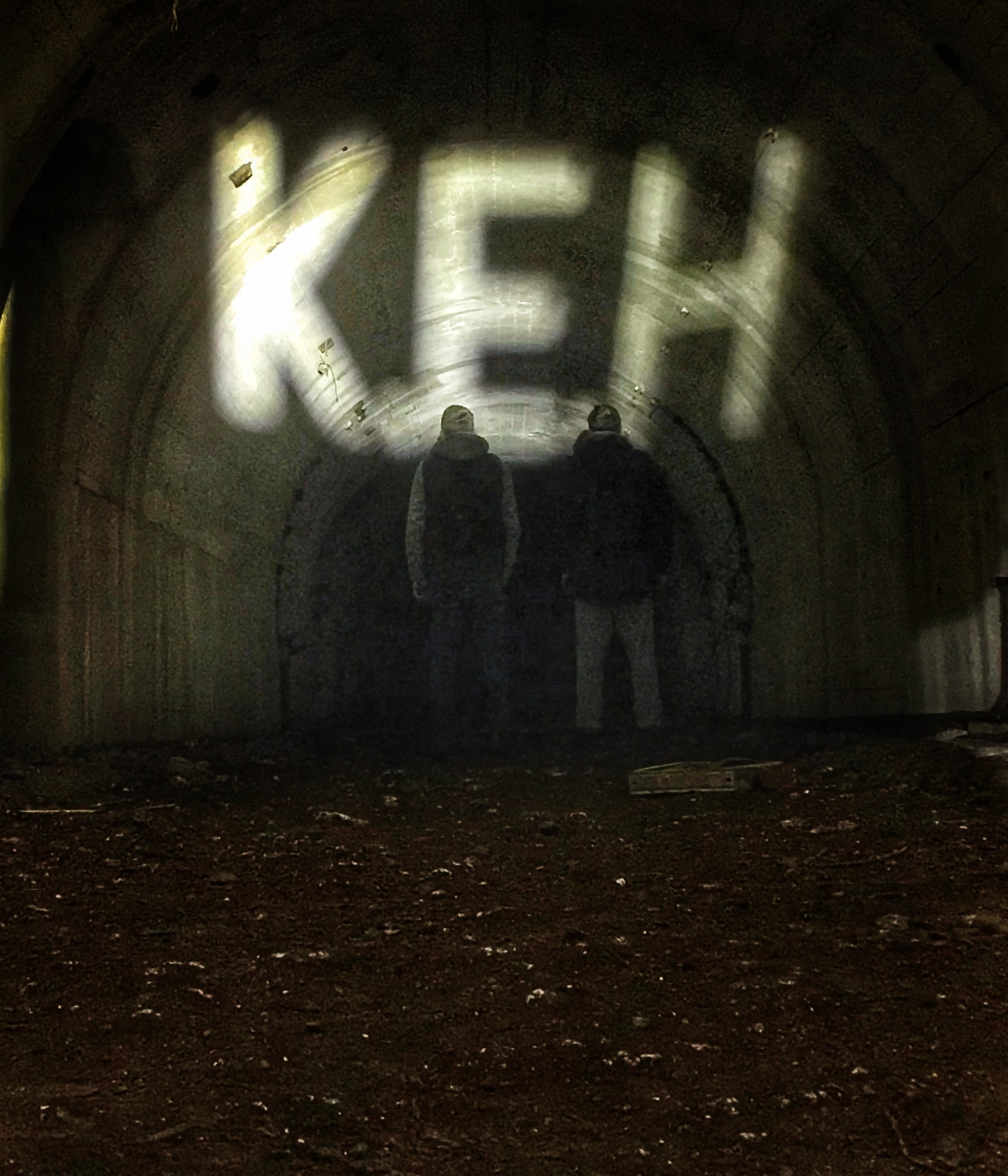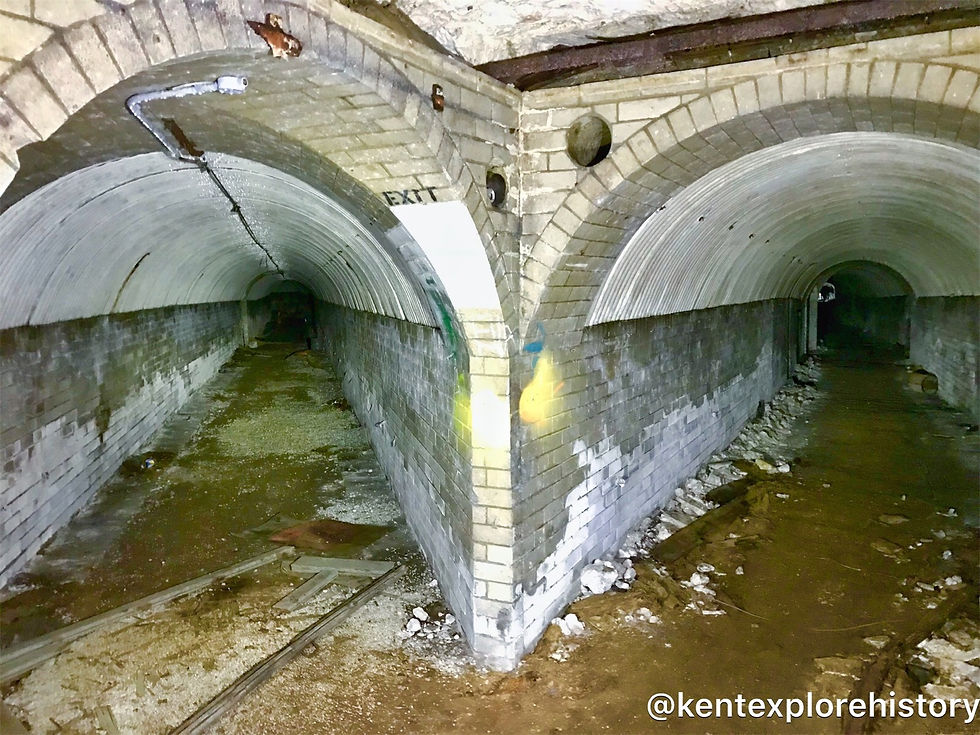RAF Gravesend
- kentexplorehistory

- Sep 21, 2018
- 2 min read
Updated: May 8, 2020
The RAF began using the Gravesend London East airfield from 1937 when a training school was set up there.
In 1939 the airfield was requisitioned by the RAF becoming a satellite site for RAF Biggin Hill and part of 11 Group.
A number of fighter squadrons flew from Gravesend, these included 501 (County of Gloucester) Squadron who had within its ranks the Battle of Britain’s second highest scoring ace James Harry “Ginger” Lacey, 66 Squadron which flew Spitfires from the airfield and 92 (East India) Squadron. 501 (Hurricanes) and 66 (Spitfires) Squadron both flew from Gravesend during the Battle of Britain repelling constant attack from the German bombers and fighters.
In the later years of the war the airfield was extended to accommodate three American fighter squadrons. RAF Gravesend was also the first British airfield to have the P51 Mustang III flown from it. It was also used in the event of an emergency by bombers returning from sorties over Europe.
In 1956 the RAF finally left the airfield and after a failed attempt to return it back to civilian use it became a housing estate with only some remnants of its past remaining. One such remnant is the remaining piece of perimeter track.
Dispersal Camps:
Between 1940-1941 a number of dispersed accommodation camps of mainly single storey huts and some air raid shelters were established between Shorne and Cobham to remove personnel from the increased chance of bombing at RAF Gravesend. After the war, the huts were used to house the homeless before finally in 1954 being removed and only the remnants of the camps were left.
Below are pictures of what remains of RAF Gravesend these include plaques dedicated to the brave men who flew from there, a section of the perimeter track and the remains of the dispersal camps.




































Comments